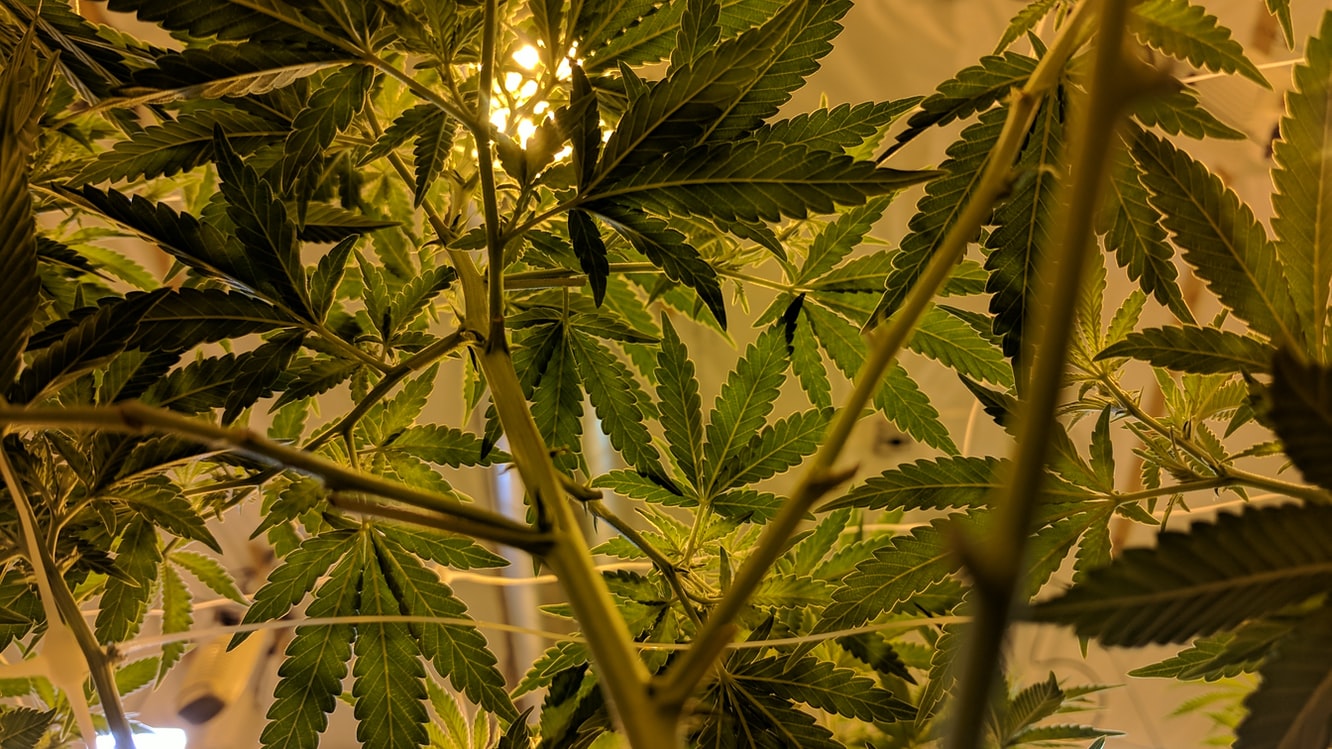Harm reduction and cannabis social clubs: exploring their true potential
Authors:
Anna Obradors-Pineda, José-Carlos Bouso, Òscar Parés-Franquero, and José-Oriol Romaní.
Journal:
International Journal of Drug Policy
Year:
2021
About the study
This study aimed to serve as a contribution to the existing literature about Cannabis Social Clubs (CSCs) and their potential as harm-reduction and risk-minimization agents for cannabis use.
An online survey including 45 structured questions was designed to identify each club’s operational structure and harm reduction practices. The data collected referred to organizational and sociodemographic factors, as well as to the presence or absence of specific practices directly linked to harm reduction.
The results show that the implementation of general harm reduction principles is not straightforward for all Cannabis Social Clubs, which in certain areas could benefit from wider support to achieve their true potential as effective agents of harm reduction.
Abstract
Aim: Cannabis Social Clubs (CSCs) seek to offer a community-based drug-policy strategy to efficiently reduce the risks associated with cannabis usage. But the actual mechanisms in place to achieve harm reduction have not yet been studied in depth. The goal of our ongoing research is to better understand what kinds of harm reduction practices exist in CSCs and how widespread they are.
Method: For our study we selected 15 CSCs, all members of the Catalonian Federation of Cannabis Associations (CatFac). An on-line survey was designed to collect data on the organizational aspects of each CSC and to focus on the presence or the absence of harm-reduction practices.
Results: The studied sample had some significant gaps in providing information on risk and harm reduction, in offering health support services for general members and also in applying lab-tests on the actual cannabis being used at the CSC.
Discussion: In order to accomplish their role as harm prevention agents, CSCs need to address these specific gaps. Receiving support from innovative drug policies could be a key factor to actualize their harm-reduction potentialities.
Conclusion: Further research on the relationship between organizational and structural factors defining the Clubs and their harm reduction practices must be conducted to encourage brand new strategies that support risk reduction within the CSCs.
Photo by Drew Taylor on Unsplash.
Categories:
Studies & papers
, Cannabis
Tags:
cannabis
, scientific research
, study
, risk reduction
, drug policy
, medical cannabis
, Cannabis Social Clubs (CSC)
, harm reduction
, cannabis associations

